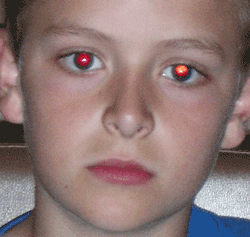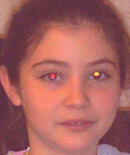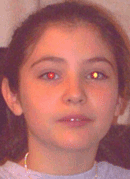Alaska Blind Child Discovery
A
cooperative, charitable research project to vision screen every preschool
Alaskan
Amblyopia Detection by Camera
Home


ABCD History


Kids Eye Disorders
Amblyopia
Vision Screening
Issues
ABCD Clinics
References
Contact ABCD
Canon TX1
ADBC Video
Gobiquity has developed apps for various smart phones called GoCheckKids. Smart phones have the "design flaw" of keeping the flash near the lens.
